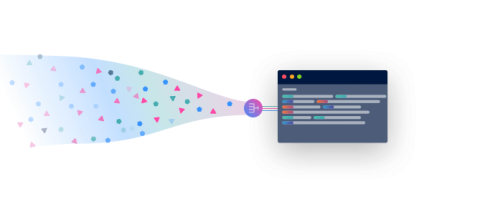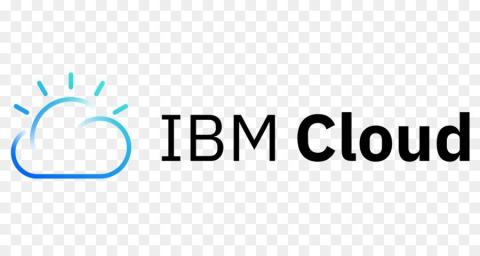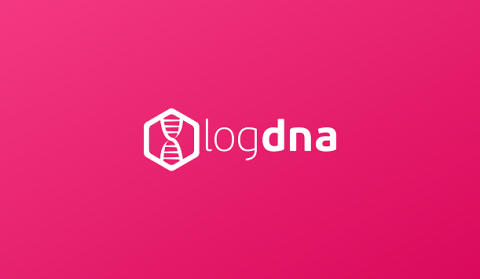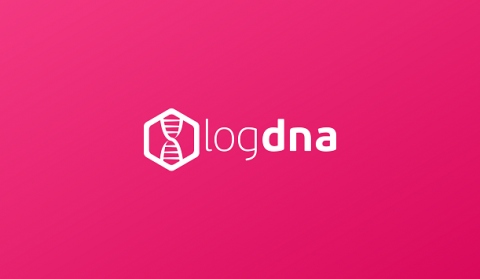How to set up multiple environments in LogDNA
The use cases and requirements of a logging platform in an organization varies between teams and job functions. The problem isn’t in collecting log data (we are a logging company after all), but in deciding how to manage these logs for each team. For example, our backend developers need detailed, short-lived logs in order to build and test new features; while our infrastructure team needs lengthy retention periods for auditing and compliance.









